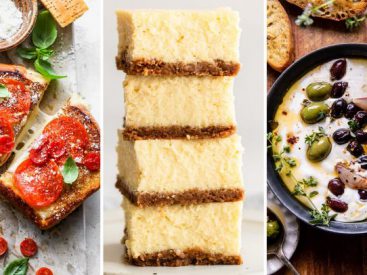Jonathan Coe was once “politely” reprimanded by an Italian journalist for sending a character in his novel Expo 58 to a Soho trattoria for lasagne and tiramisu, a year before (depending on who you believe) the boozy dessert first appeared on menus in northern Italy. Soothingly creamy, but spiked […]
Delicious!
Delicious!



